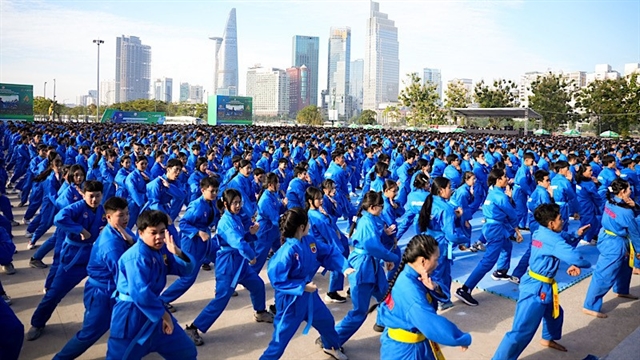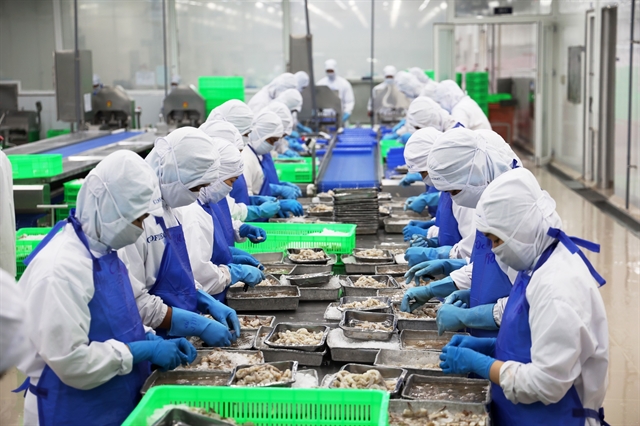 Economy
Economy
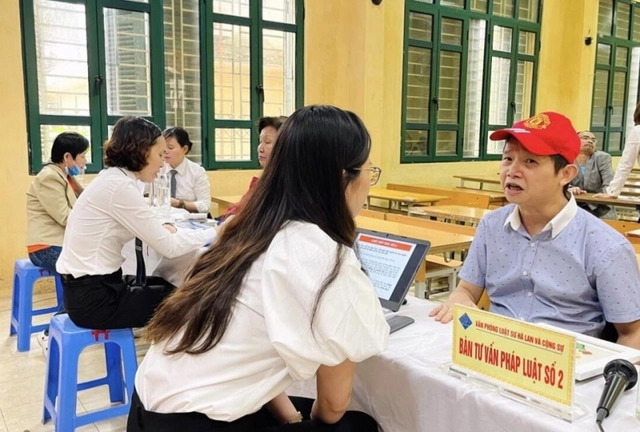
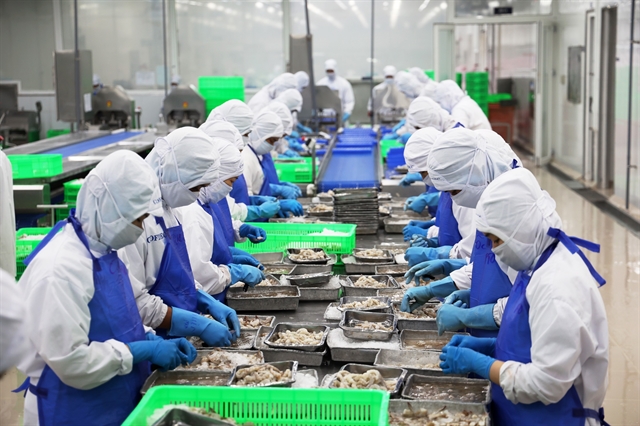 |
| Workers process shrimps for export at a factory in HCM City. Việt Nam's seafood industry would be hard-hit if the 46-per-cent tariffs are implemented, according to senior trade official. — VNA/VNS Photo |
On 2 April, US President Donald Trump signed an executive order introducing reciprocal tariffs on numerous countries around the world. Việt Nam, one of the nations targeted, faces a hefty 46 per cent tariff on its exports to the US, effective from 9 April.
So, what are these tariffs, how do they work, and what do they mean for Việt Nam? And how has Việt Nam reacted to President Trump's tariffs? Let’s unpack it step by step.
What are reciprocal tariffs?
Reciprocal tariffs are a US trade policy aimed at tackling bilateral trade deficits, situations where the US imports more from a country than it exports to.
The logic is that persistent deficits are due to a combination of tariff and non-tariff factors that stop trade from balancing naturally. By imposing reciprocal tariffs, the US seeks to cut imports from surplus countries, nudging the trade balance closer to zero.
The tariffs vary by country, ranging from zero to 99 per cent, with an unweighted average of 20 per cent and a trade-weighted average of 41 per cent. Việt Nam’s rate is 46 per cent, reflecting its large trade surplus with the US.
The tariff rate is determined by the formula below:
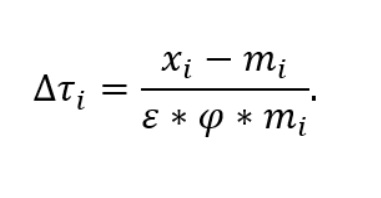 |
Where:
Δτ_i: The tariff rate for a specific country
x_i: US exports to that country
m_i: US imports from that country
ϵ: Price elasticity of import demand (set at 4, meaning a 1 per cent price hike cuts imports by 4 per cent)
ϕ: Pass-through rate from tariffs to import prices (set at 0.25, meaning 25 per cent of the tariff raises prices)
How will Việt Nam be affected?
According to Đỗ Ngọc Hưng, Head of the Vietnamese Trade Office in the US, the 46-per-cent tariff will hit key export sectors of Việt Nam, including seafood, plastics, rubber, textiles, footwear, machinery, and electronic components.
However, certain products remain unaffected, including pharmaceuticals, semiconductors, copper products, bullion, and specific minerals unavailable in the US.
Products such as steel, aluminium, cars, and car parts already subjected to tariffs under Section 232 of the US Trade Expansion Act will not face additional reciprocal tariffs.
Steel products have been subject to 25-per-cent tariffs, and aluminium products to 10-per-cent, since 2018.
Việt Nam’s response
Việt Nam's government did not waste time reacting:
April 3: Prime Minister Phạm Minh Chính launched a rapid-response task force led by Deputy Prime Minister Bùi Thanh Sơn to study the fallout and plan countermeasures.
April 4: Phạm Thu Hằng, spokesperson for Việt Nam’s Ministry of Foreign Affairs, voiced regret, emphasising the tariffs clash with the Comprehensive Strategic Partnership between the US and Việt Nam, warning of damage to economic ties.
Deputy Prime Minister Hồ Đức Phớc proposed a one to three month delay for talks, urging Vietnamese companies to maintain current prices pending the upcoming negotiations.
Party General Secretary Tô Lâm discussed bilateral trade issues with US President Donald Trump by phone, pitching reducing Việt Nam’s tariffs on US goods to zero if the US reciprocates.
Between April 6 and 14: Deputy Prime Minister Hồ Đức Phớc will visit the US, where he is expected to discuss solutions to the trade barriers.
Business reactions
The American Chamber of Commerce in Việt Nam (AmCham) has asked for a transition period instead of an abrupt rollout. AmCham Chairman Mark Gillin argues that sudden tariffs disrupt businesses and undermine fair trade goals, urging both sides to find a balanced fix.
The Vietnam Association of Seafood Exporters and Producers has called for tailored tariff rates per product, not a flat 46 per cent, urging the government to negotiate lower tariffs and align product-specific rates with the US.
The Vietnam Coffee and Cocoa Association sees little impact, noting that exports to the US account for only around 9 per cent of its total.
The IT sector similarly expects minimal impact due to the nature of their exports being service-oriented and not directly competing with US industries.
Vũ Đức Giang, Chairman of the Vietnam Textile and Apparel Association, called the tariffs "a heavy blow", urging member businesses to remain calm and await negotiations.
The 46-per-cent rate threatens key industries, potentially forcing Vietnamese exporters to diversify markets or hope for a diplomatic win. Keep an eye on the next few weeks — Việt Nam’s resilience and the outcome of talks will shape what’s next. VNS

.jpg)
.jpg)
